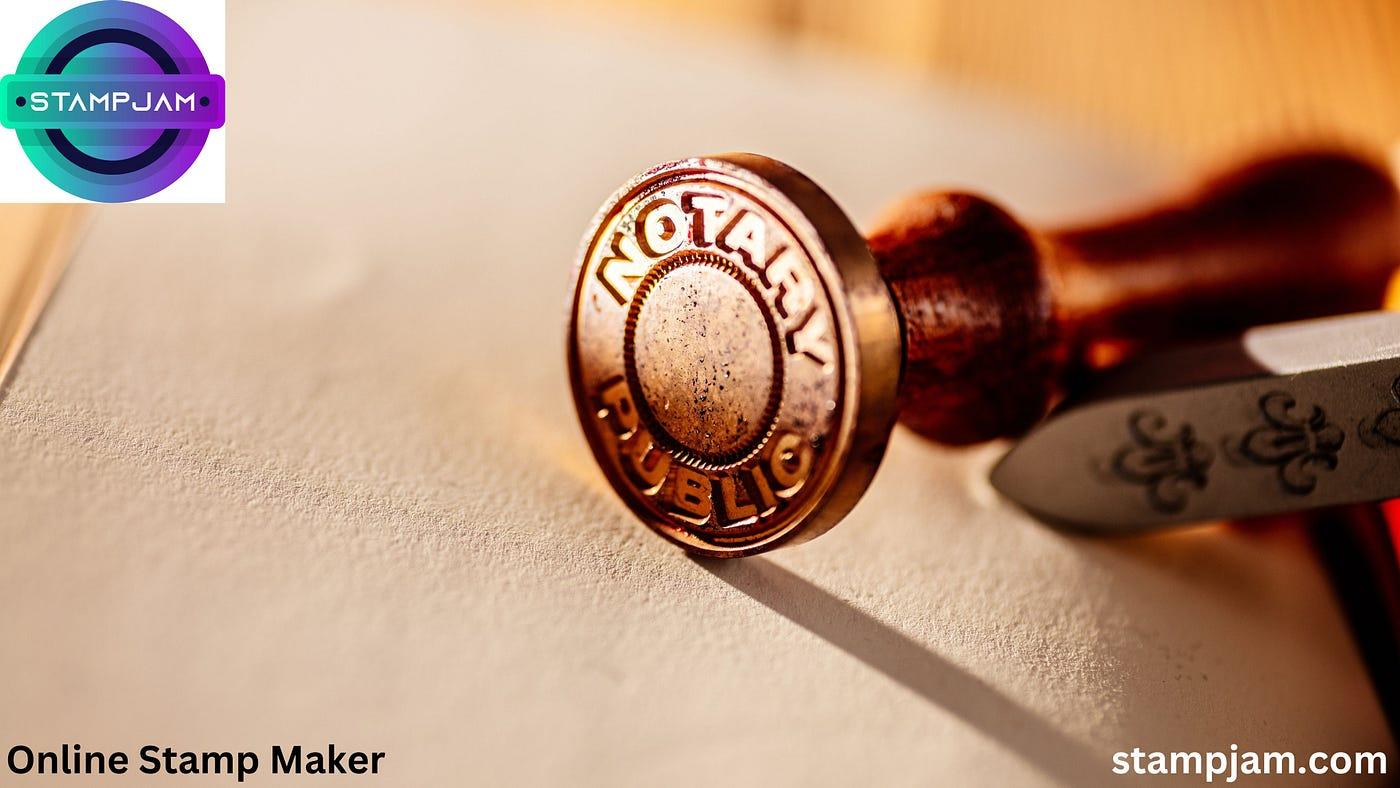In the realm of official documentation and legal agreements, seals serve a critical function in formalizing and authenticating various types of documents. From contracts and agreements to certificates and licenses, seals play a vital role in ensuring the validity, integrity, and legal significance of written instruments. In this article, we delve into the importance of seals in formalizing documents and explore their role in modern society.
1. Authentication and Validation
At its core, the primary function of a seal is to authenticate and validate a document. By affixing a seal to a document, individuals or authorities signify their approval, endorsement, or authority over its contents. This authentication process adds credibility and legal weight to the document, establishing its authenticity and legitimacy in the eyes of the law and its recipients.
2. Legal Recognition and Enforcement
Seals are essential for formalizing documents because they facilitate legal recognition and enforcement. In many jurisdictions, a sealed document holds greater evidentiary value and is more likely to be upheld in legal proceedings. Courts and regulatory bodies often require sealed documents as evidence of agreements, transactions, or official actions, underscoring the critical role of seals in ensuring legal compliance and accountability.
3. Preservation of Integrity
Seals contribute to the preservation of the integrity of documents by deterring tampering, forgery, or unauthorized alterations. A properly affixed seal adds a layer of security to the document, making it more difficult for malicious actors to manipulate its contents without detection. Techniques such as embossing, engraving, or holographic elements further enhance the tamper-evident properties of seals, safeguarding the document's integrity.
4. Establishment of Authority and Consent
Seals serve as symbols of authority and consent in formalizing documents, representing the parties' agreement to the terms and conditions outlined therein. Whether it's a corporate seal on a business contract or a notary seal on a legal affidavit, the presence of a seal signifies the parties' intention to be bound by the document's provisions. Seals provide tangible evidence of mutual assent and commitment, laying the foundation for a legally binding agreement.
5. Enhancement of Professionalism and Formality
The use of seals adds a sense of professionalism and formality to documents, enhancing their perceived importance and significance. Whether it's a government decree, academic diploma, or corporate resolution, a sealed document commands respect and attention due to its official nature. Seals lend an air of authority and gravitas to written instruments, reinforcing their status as formal representations of agreements or decisions.
6. Cultural and Historical Significance
online stamp maker tool have a long-standing cultural and historical significance that transcends their practical utility. Throughout history, seals have been used by rulers, institutions, and individuals to mark official decrees, authenticate correspondence, and signify ownership or authority. In many cultures, the act of sealing a document carries ceremonial and symbolic importance, reflecting traditions and customs that have endured for centuries.
7. Global Recognition and Standardization
Seals enjoy global recognition and standardization, making them universally understood symbols of authentication and authority. While the design and usage of seals may vary across different regions and cultures, their underlying purpose remains consistent: to formalize and authenticate documents. This standardization ensures that sealed documents are readily accepted and recognized across international borders, facilitating global commerce, diplomacy, and legal cooperation.
8. Adaptation to Digital Environments
In an increasingly digital world, seals have adapted to electronic formats to accommodate the shift towards paperless transactions and communications. Digital seals, electronic signatures, and cryptographic methods enable the formalization of documents in digital environments, offering the same level of authentication and validation as traditional seals. These digital innovations ensure that the critical function of seals in formalizing documents remains relevant in the digital age.
In conclusion, seals play a critical function in formalizing documents by authenticating, validating, and preserving their integrity and legal significance. From ancient wax seals to modern digital signatures, seals have evolved to meet the changing needs of society while retaining their essential role in formalizing agreements, transactions, and official actions. As symbols of authority, consent, and authenticity, seals continue to uphold the standards of professionalism, accountability, and trustworthiness in modern society.

